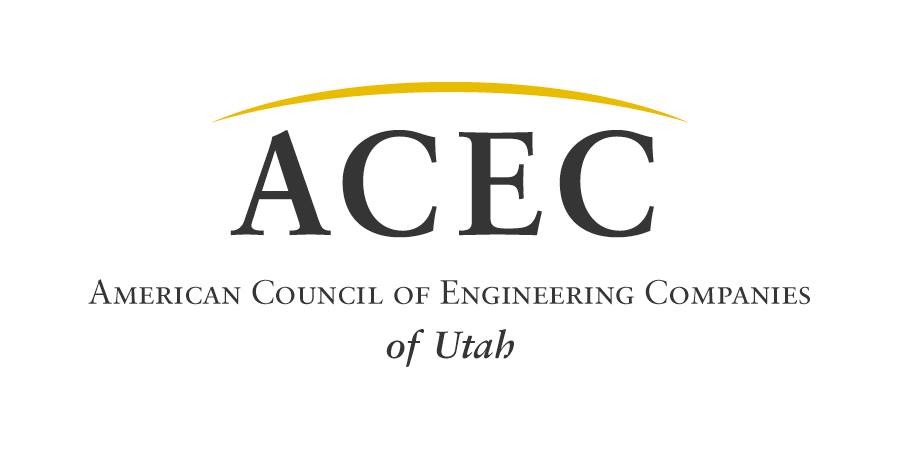How Engineering Shapes Every Aspect of Life in Utah
 In the breathtaking landscapes of Utah, from the sweeping canyons to the bustling cities, engineering is not just a profession; it’s an integrated facet of everyday life that influences everything we do. While most may not notice, the impacts of engineering touch every aspect of our lives, from the water we drink and the bridges we cross, to the buildings we inhabit and the technology we rely on.
In the breathtaking landscapes of Utah, from the sweeping canyons to the bustling cities, engineering is not just a profession; it’s an integrated facet of everyday life that influences everything we do. While most may not notice, the impacts of engineering touch every aspect of our lives, from the water we drink and the bridges we cross, to the buildings we inhabit and the technology we rely on.
Daily Mobility and Infrastructure
The most visible impact of engineering is in our infrastructure. Roads, highways, bridges, and railways have been carefully planned, designed, and maintained by civil engineers to ensure safe and efficient transportation. Consider the intricate network of I-15 that connects our major cities or the bridges spanning the Colorado River, each one represents meticulous calculations and considerations, not just for the demands of today but also for future generations.
Water Systems and Environmental Engineering
Utah’s arid climate makes water a precious resource. Environmental and civil engineers play a critical role in capturing, storing, and managing our water supply. Through the design of dams, treatment facilities, and sustainable water conservation systems, engineers tackle the complex challenge of balancing human needs with environmental stewardship. The innovative stormwater management and water reclamation projects in Utah are stellar examples of how engineering not only supports human populations but also protects natural ecosystems.
Energy and Innovation
Electrical engineers work behind the scenes to power our homes, schools, and workplaces. With an eye on sustainability, Utah has been a pioneer in incorporating renewable energy sources. Engineers are at the helm of developing and implementing solar and wind energy projects, transforming the state’s energy landscape and bolstering its energy independence. The transition towards renewable energy sources showcases how engineering disciplines contribute to sustainable development and long-term ecological balance.
Building Safe Communities
Structural engineering ensures that the buildings and structures we often take for granted are safe and secure. In Utah, where seismic activity is a concern, seismic engineers design buildings that can withstand potential earthquakes. These engineers design structures that not only meet stringent safety standards but also blend with Utah’s unique architectural beauty and historical significance. This delicate balance of aesthetic appeal and functional safety is a testament to the ingenuity and precision of modern engineering.
Technology and Connectivity
In the digital age, software and hardware engineers are increasingly vital. They develop the technology infrastructure that powers telecommunications and data management systems, connecting Utahns not just to each other but to the world. Innovations in technology contribute to our thriving economy and provide tools for various industries, including healthcare, education, and entertainment.
Moreover, Utah’s commitment to technological advancement is evident in the Silicon Slopes, a burgeoning tech hub heavily influenced by engineering expertise in software and systems development. This builds a dynamic environment where innovation, economy, and engineering intersect.
A Foundation for the Future
Engineering is deeply embedded in the fabric of Utah society. It fosters a resilient, safe, and efficient environment where innovation thrives. As we look to the future, the role of engineers will only become more pivotal. Challenges such as climate change, urbanization, and resource management will necessitate clever, forward-thinking solutions that engineers are uniquely qualified to provide.
In essence, engineering is not just about building structures and systems, but also about crafting the foundation of our daily lives and shaping our future. The next time you turn on the tap, drive on a freeway, or scroll on your phone, remember the unseen work of countless engineers who make all of this possible, shaping a better Utah for all of us.






